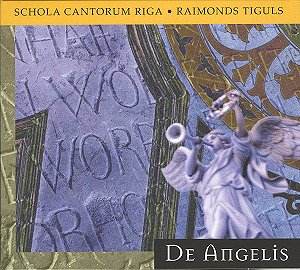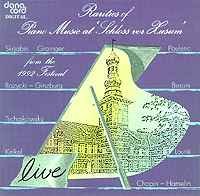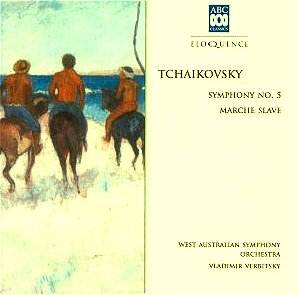 Composer: Raimonds Tiguls
Composer: Raimonds Tiguls
Works: Laetare caelum, Benedicite Dominum, Kyrie, Gloria, Angelus Domini, Alleluia, Sanctus, Agnus Dei, Benedicite omnes angeli, Angelum pacis, De angelis
Performers: Schola Cantorum Riga, Raimonds Tiguls (keyboards)
Recording: No information given
Label: UPE Classics
Raimonds Tiguls, a prominent figure in the Latvian music scene, ventures into a unique territory with his recent release that juxtaposes Gregorian chant with synthesizer textures. This recording attempts to meld ancient liturgical music with modern soundscapes, harkening back to the experimental ethos pioneered by figures like Jan Garbarek. However, while Garbarek’s works achieved an evocative synthesis of early music and contemporary improvisation, Tiguls’ effort falls short of creating a compelling dialogue between the two realms.
The interpretation of the Gregorian chants here seems diluted, as the choir’s performance lacks the rhythmic clarity and tonal purity characteristic of traditional chant. Instead, the singers engage in a rendering that veers towards a blend of antiquated harmonies and modern vocal techniques. This amalgamation, rather than enhancing the sacredness of the chants, detracts from their intended solemnity. The opening track, “Laetare caelum,” for instance, showcases the hesitancy of the choir to fully embrace the monophonic texture that is the hallmark of Gregorian tradition. This decision to deviate into more contemporary harmonization choices results in a loss of the meditative quality that these chants typically evoke.
The synthesizer contributions by Tiguls, intended as a contemporary complement to the choral lines, often overshadow the vocal elements, transforming the recording into something resembling new-age soundscapes rather than a genuine exploration of Gregorian chant. The engineering choices appear to favor the keyboard textures, which dominate the sonic landscape. This approach distances the listener from the chants, relegating them to a secondary role akin to background music rather than focusing on their inherent spirituality. For example, in the “Alleluia,” the synths create an ambient wash that, while lush, ultimately distracts from the chant’s melodic simplicity and profundity.
The recording’s brevity—just over 38 minutes—further exacerbates its limitations. Such a short duration restricts the exploration of the musical material and leaves the listener with a sense of incompleteness. Those seeking a full immersion into the world of Gregorian chant will find themselves yearning for more substantial offerings. Comparatively, the works by Garbarek present a more cohesive and engaging experience, seamlessly weaving together improvisational elements with traditional chant, thus elevating both the ancient and the modern.
Technical aspects of the production warrant mention; while the sound quality is clear, the overall balance favors the electronic elements excessively. The result is a recording that lacks the depth of resonance found in more traditional choral recordings, which often employ rich acoustics to enhance the chant experience. Listeners enamored with the pure, unadulterated sound of Gregorian chant will likely find this endeavor lacking, as the essence of the music is obscured rather than illuminated.
This recording, while ambitious in its intention to bridge different musical worlds, ultimately fails to provide a satisfying experience for either devotees of Gregorian chant or fans of ambient music. The diminished role of the choir and the overwhelming presence of synthesizers lead to a sound that feels more like a superficial exploration than a profound musical dialogue. For those interested in either genre, there exist far more compelling recordings that embody the spirit of their respective traditions.



